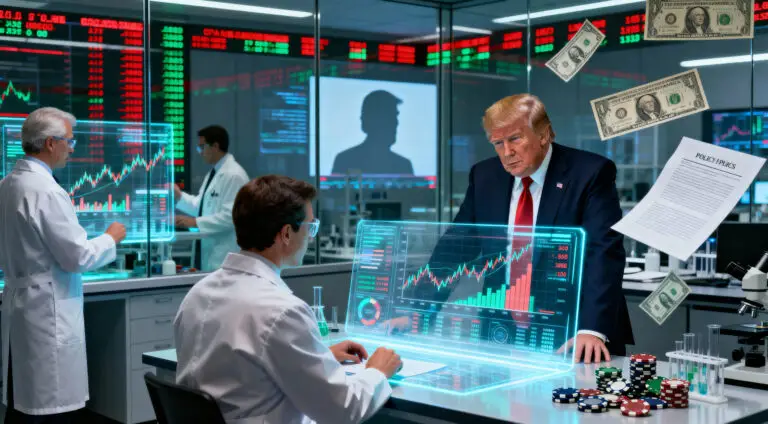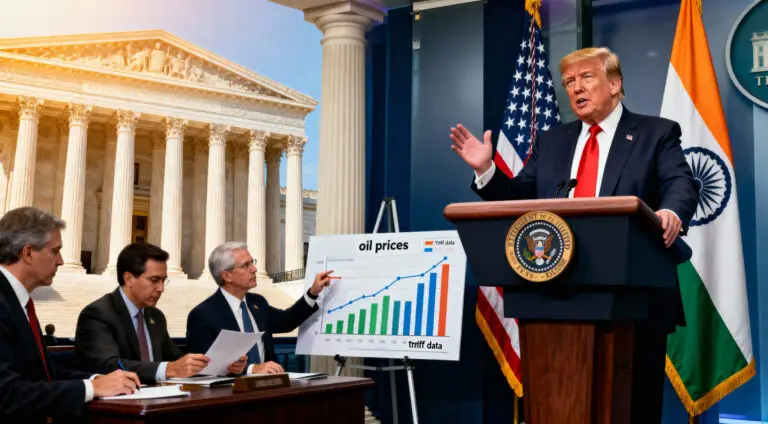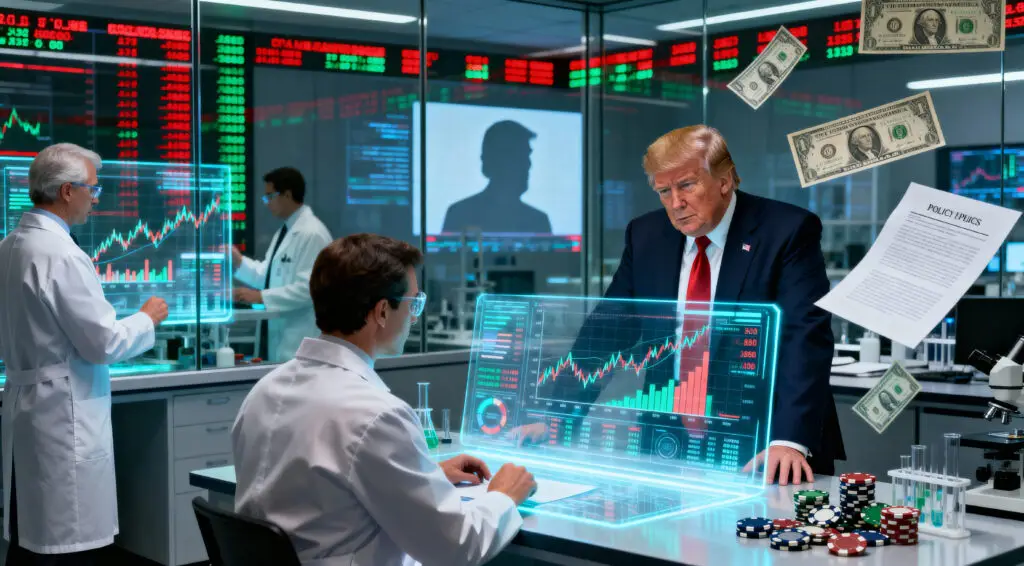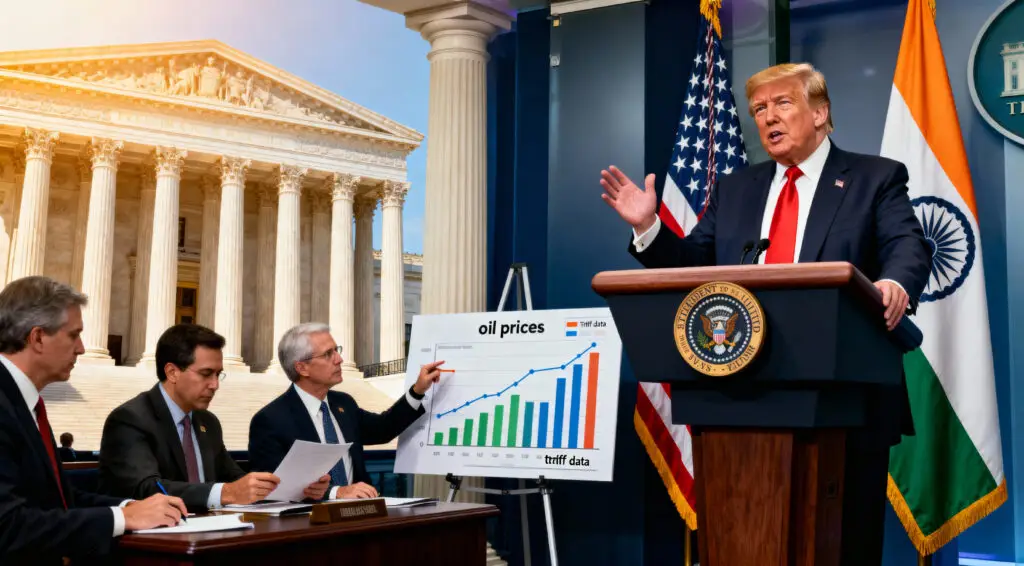NEW YORK — November 8, 2025 — As political gridlock threatens a prolonged U.S. government shutdown, investors are closely watching the unusual correlation between Bitcoin and the Nasdaq Composite Index. The two assets, once seen as financial opposites, are now moving in tandem amid rising uncertainty and shifting global sentiment.
Market Tension Builds Ahead of Shutdown Decision
Fears of a potential 50-day government shutdown have rattled financial markets, prompting investors to reassess exposure to high-risk assets. Analysts warn that such a lengthy stalemate could heighten volatility across both traditional and digital markets.
Prediction platform Kalshi cautioned that extended fiscal paralysis could intensify market turbulence, influencing capital flows and investor psychology. Historically, similar shutdowns have led to sharp declines in liquidity and increased risk aversion, pulling Bitcoin and tech stocks into synchronized downturns.
Institutional Bitcoin ETFs Defy Market Pressure
Despite heightened anxiety, institutional Bitcoin exchange-traded funds (ETFs) are showing surprising resilience. After six consecutive days of outflows, roughly $240 million in new capital entered the market, signaling a possible shift in investor sentiment.
ETF strategist Eric Balchunas noted, “The ETF-using boomers are no joke,” emphasizing that institutional investors continue to treat Bitcoin as a credible hedge in diversified portfolios. The influx suggests renewed confidence in the asset’s long-term role within the global investment ecosystem.
Recommended Article: Bitcoin Falls Below $100K for First Time in Months as ETFs Face Outflows
Nasdaq and Bitcoin Show Deepening Correlation
The growing link between Bitcoin and the Nasdaq reflects how digital assets are being absorbed into mainstream market cycles. Analysts at Citibank observed that Bitcoin’s recent weakness could foreshadow similar patterns in technology equities, underlining the shared sensitivity to macroeconomic stress.
“Bitcoin and Nasdaq are increasingly moving in sync,” Citibank stated in a recent note. “Both respond to liquidity tightening and investor risk sentiment, particularly during political or fiscal crises.”
Investors Navigate a Volatile Landscape
For traders and asset managers alike, understanding the evolving relationship between digital assets and traditional indices is essential. Analysts recommend closely monitoring liquidity shifts and ETF inflows to gauge investor sentiment during the current period of instability.
“When capital starts rotating back into Bitcoin ETFs, it’s often an early sign that risk appetite is returning,” said Laura Cheng, Senior Macro Strategist at Global Block Research. “That can provide critical clues about when markets might stabilize.”
Bitcoin Outlook Remains Cautiously Optimistic
Despite ongoing sell-offs, several analysts expect Bitcoin to rebound as year-end approaches. Historical data suggests that November and December often bring renewed strength to digital assets, particularly when broader markets seek alternative stores of value.
The return of institutional inflows has bolstered hopes that Bitcoin’s underlying fundamentals remain intact — including supply scarcity, growing adoption, and increasing mainstream integration through regulated financial products.
Key Takeaways for Crypto Investors
- Shutdown Risks Loom: A prolonged 50-day stalemate could intensify volatility across equities and crypto markets.
- ETF Inflows Rising: Bitcoin ETFs reversed outflows with $240 million in new capital, signaling confidence.
- Correlation Strengthens: Bitcoin continues to mirror Nasdaq’s behavior amid liquidity and policy uncertainty.
- Institutional Influence Grows: Professional investors are driving renewed market stability.
- Outlook Cautiously Positive: Historical trends suggest potential upside into late Q4 if volatility eases.
The Broader Implications
As the U.S. faces fiscal gridlock, the synchronized behavior of Bitcoin and tech markets illustrates the deepening integration of digital assets into the global financial system. For seasoned traders and newcomers alike, understanding this relationship has become vital to navigating an increasingly interconnected investment landscape.















